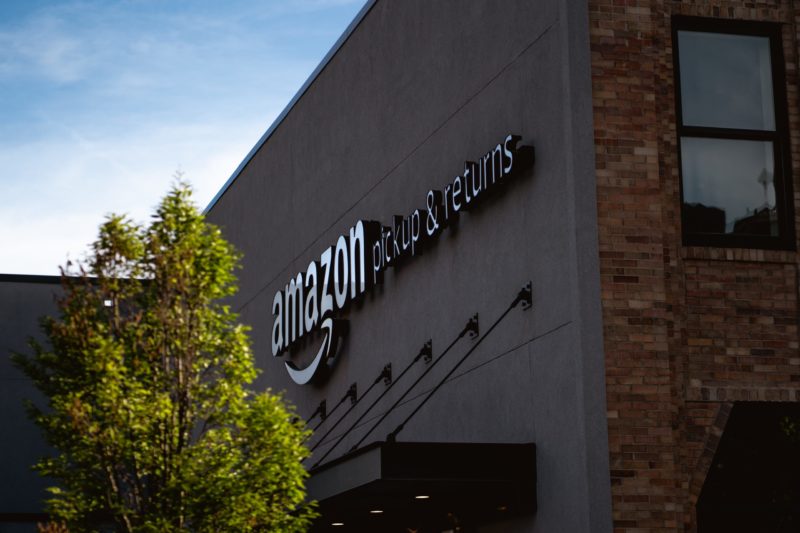Earlier this week, the New York Times reported that Amazon layoffs will effect 10,000 workers, with a focus on devices, retail, and HR. The focus on “retail” has caught the attention of the Amazon sellers, who already have justified economic fears. The holidays are approaching and economists are all but guaranteeing lower consumer spending than recent years. So if you sell on the Amazon marketplace, what do you make of the latest report?
This post will summarize the current conditions and what sellers should track as the eCommerce giant navigates choppy economic waters.
Third-party sellers: “An important strength of our offering”
According to Amazon CFO Brian Ovslavsky, the company’s commitment to a thriving marketplace has never been stronger. From the October earnings call:
“Third-party sellers and the products they offer remain an important strength of our offering for consumers. They represent 58% of total paid units sold in Q3, the highest percentage ever. It’s up from 56% in Q3 of last year. And we’re working with these partners, most of whom are small- and medium-sized businesses, to build an even stronger offering.”
And it’s true. On the surface, the rumored layoffs may not impact the consumer experience within the marketplace. The marketplace will still drive a huge percentage of consumer holiday shopping, and Amazon has every incentive to keep fueling the machine. It’s a revenue stream that requires far less investment and risk than selling their own devices. After all, Amazon takes a healthy cut of revenue from every third-party sale on the site.
But as fears of recession loom, companies are hyper-focused on the margins, and Amazon is no exception. So the question is not Amazon’s commitment to a thriving marketplace. The true concern is how Amazon’s strategy to deal with the economic conditions will trickle down to sellers.
In fact, many Amazon sellers are already feeling the effects of changes heading into the holidays.
Inventory, restocking, and damaged products
Amazon regularly imposes restock limits heading into the holidays for a number of reasons. In the past, it has often been due to limited capacity in warehouses and fulfillment centers. But since the start of the pandemic, Amazon has invested heavily in expanding storage and fulfillment resources, to the point where many sellers predicted this would no longer be an issue.

However, according to Business Insider, recently imposed inventory and restock limits have put some third-party sellers in danger of stockouts during the holiday season. Amazon has previously responded to restock concerns, stating that restrictions impact only 6% of sellers.
In addition to seller complaints about inventory and restocking, Business Insider also reported that Amazon has made changes to its reimbursement policy for items damaged in storage or fulfillment—a change that sellers feel could further impact their bottom line.
So, have recent inventory restrictions impacted your Amazon business? What should you take from all these pieces of an incomplete story?
It’s quite possible that understaffing and labor issues will cause stricter inventory and restocking policies. Less labor leads to lower bandwidth in storage and fulfillment. It might also lead Amazon to lease warehouse space and look to tighten the operations in remaining warehouses. This would create more competition among sellers for storage and fulfillment resources, which would squeeze the sellers outside of the top tiers of inventory performance management (more on this in a moment).
It is also possible that sellers will directly incur some of the costs associated with poor economic conditions. (Earlier this year, Amazon announced a 5% inflation and fuel surcharge for FBA listings.)
So, the good news is that there will be no shortage of opportunity to sell to consumers in the marketplace. The bad news is that sellers need to prepare for variables that could impede them or cut into their profits.
Offsetting the risks of recession for Amazon sellers

While it’s impossible to predict how Amazon’s policies toward third-party sellers will evolve in the coming months, you can prepare for the possibilities.
Most of these strategies are familiar to Amazon sellers, but they should place even more emphasis on them to position their stores to navigate unpredictable conditions.
- Sell off or liquidate poor-selling inventory. Holding inventory will make it harder for you to secure storage and avoid stockouts in the future.
- Optimize your sell-through rate. Keep your inventory and sales numbers as close as possible to demonstrate strong inventory management.
- Improve your IPI (inventory performance index) score. Poor IPI scores can lower your storage limits, which can be especially harmful given the recent trends.
- Consider adding a 3PL partner to assist with inventory management and avoid large quantities of product in an Amazon warehouse at one time.
- Consider fulfilled by merchant (FBM) strategy to offset risk of FBA unknowns.
While these kinds of changes can be sudden and difficult to manage, it’s important to remember that there is still tremendous opportunity to establish competitive advantages.
It’s entirely possible that third-party sellers will make up an even higher percentage of Amazon sales volume if the company does indeed throttle investment in devices and retail. And though it may be more challenging to keep up with inventory requirements, there is still plenty of incentive for Amazon to reward well-oiled sellers who manage inventory well.
De-risk your Amazon business wherever you can, pay close attention to your inventory and restocking strategies, and be prepared to capitalize on opportunities to take market share while your competition struggles with economic conditions.


